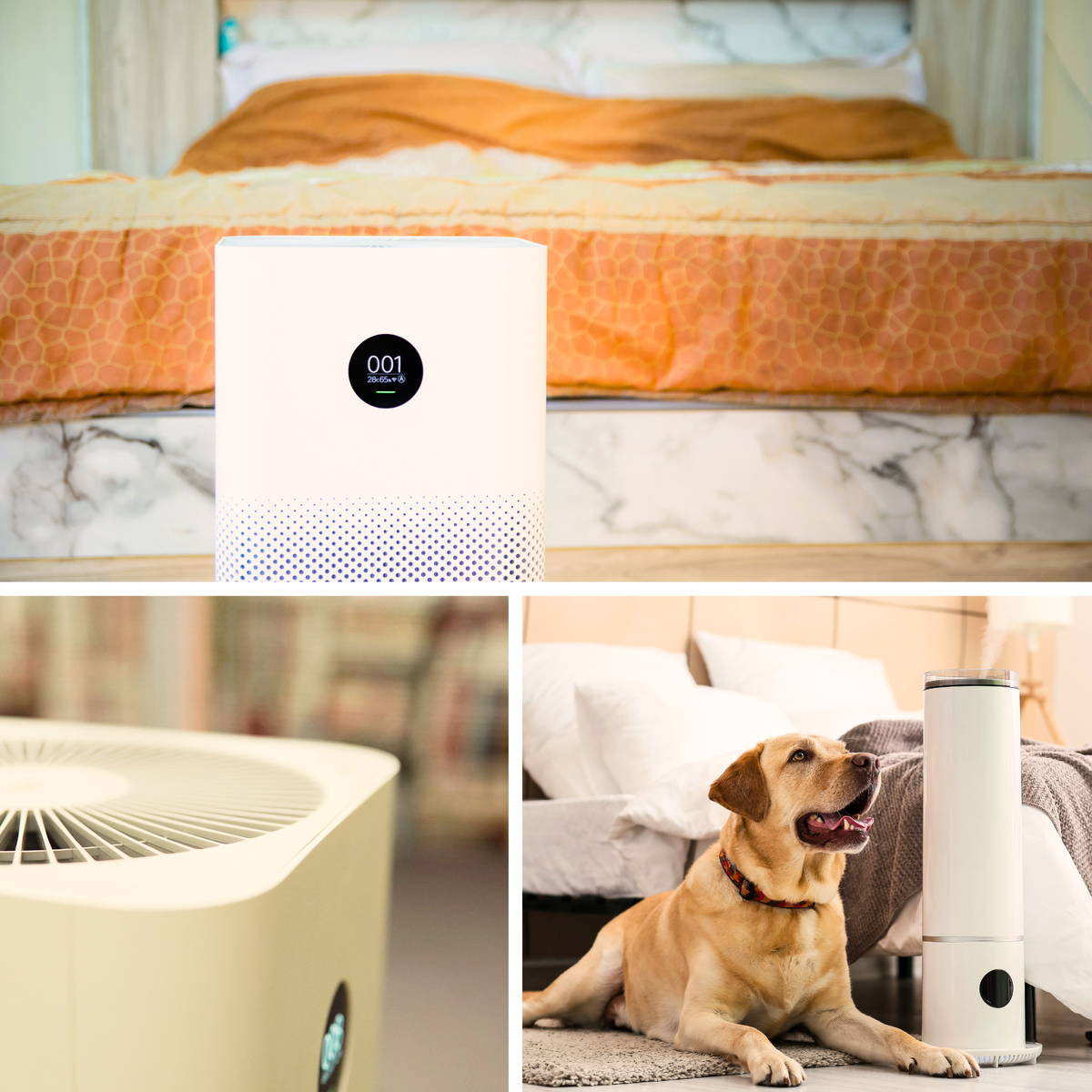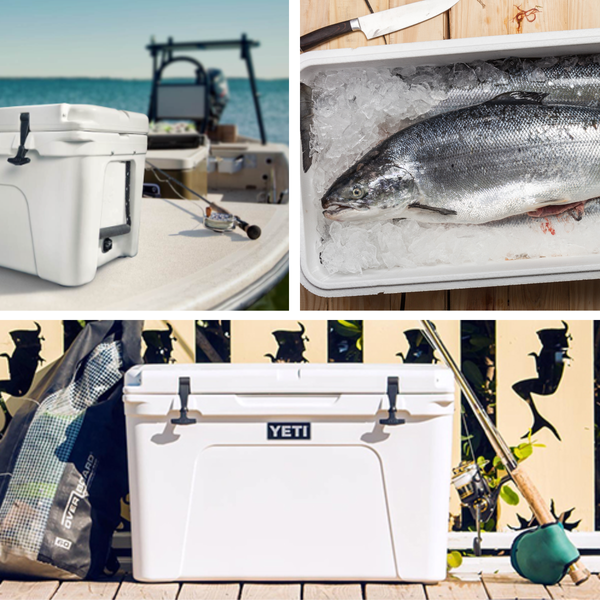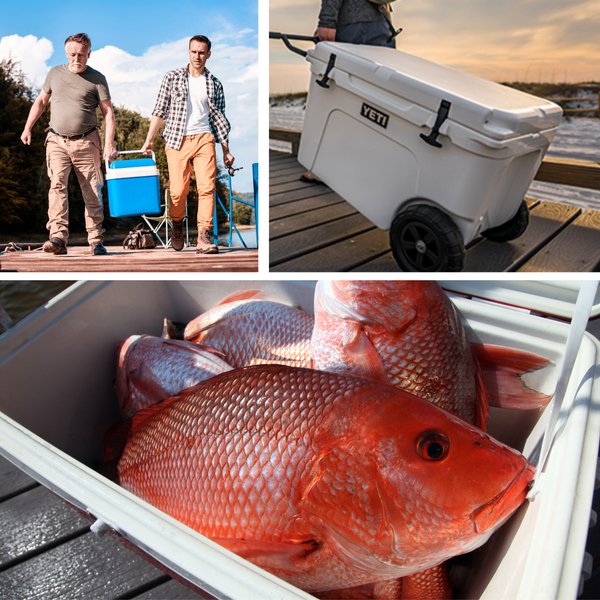Key Takeaways:
- Understanding the size of the air purifier needed for a bedroom is crucial for effective air purification.
- The clean air delivery rate (CADR) and the size of the room are key factors in choosing the right air purifier.
- Regular maintenance of air purifier filters ensures optimal performance and pure air quality.
Breathing clean air is essential for good health, and this is especially true in the sanctuary of your bedroom. If you're considering purchasing a room air purifier, you might be asking yourself, "What size air purifier do I need for a bedroom?" The answer isn't one-size-fits-all; it depends on various factors, including room size, the presence of indoor allergens, and the specific needs of the room's occupants.

Calculate Square Footage
Before diving into the world of air purifiers, the first step is to calculate the square footage of the room. Measure the length and width of your bedroom and multiply these numbers to get the square footage. This figure is crucial because it directly influences the capacity of the air purifier you'll need.
Understanding CADR Rating
The clean air delivery rate (CADR) measures how much air an air purifier can filter in one minute. This rating helps you understand how well the air purifier can clean the air in a room of a specific size. The higher the CADR rating, the more effective the air purifier is at cleaning the air in larger spaces.
Importance of HEPA Filters
HEPA filters are the gold standard in air purification. They are capable of removing particulates as small as 0.3 microns with a 99.97% efficiency, which includes dust, mold spores, and other pollutants. When choosing an air purifier for your bedroom, ensure it has true HEPA filters for maximum effectiveness.
Activated Carbon Filters for Odors
Activated carbon filters are excellent for absorbing unpleasant odors and gases. If your bedroom is prone to smells or you're sensitive to scents, look for an air purifier with a substantial activated carbon filter to maintain a fresh environment.
Room Size and Air Purifier Capacity
The size of the air purifier depends on the square footage of your bedroom. Manufacturers often specify the square foot coverage their models are designed for. Ensure the air purifier you choose is rated for the footage of the room or slightly higher to guarantee efficiency.

Air Changes Per Hour (ACH)
The ACH rate indicates how many times the air purifier can exchange the air in a room per hour. For bedrooms, an ACH rate of 4 to 6 is ideal, as it ensures the air is thoroughly cleaned several times an hour, promoting a healthy breathing environment.
Considering Ceiling Height
While calculating square footage, don't forget to consider ceiling height. A room with high ceilings contains more cubic feet of air and requires an air purifier with a higher capacity to clean the same amount of air as a room with standard ceilings. The Role of Pre-Filters in Air Purifiers Pre-filters are the unsung heroes in the lineup of air purifier components. Acting as the first line of defense, they capture larger particles before they reach the HEPA filter, thus extending its lifespan. Many air purifiers come equipped with pre-filters to tackle the larger dust particles, pet hair, and other visible debris. This not only helps to improve indoor air quality but also ensures that the main filter operates at peak efficiency for longer periods.
Using an air purifier with a pre-filter is especially beneficial in environments with high levels of air pollution. Pre-filters can often be cleaned or replaced easily, making them a cost-effective solution for maintaining your device. By trapping the larger particles, they prevent the HEPA filter from becoming clogged too quickly, which is crucial for maintaining the air cleaner's ability to remove particulates effectively, especially in a smaller room where space constraints may require the unit to operate at the highest fan speed more frequently.
Smart Technology Integration in Air Purifiers
In the age of smart homes, air cleaners are not left behind. Home appliance manufacturers are increasingly integrating smart technology into air purifiers, allowing for features such as remote control, air quality monitoring, and automated adjustments based on the detected level of pollutants. This integration is a game-changer for those looking to improve indoor air quality without constant manual adjustments. Users can now monitor and control their air purifiers via smartphone apps, making it easier to ensure a clean air environment in one room or across the entire home.
Moreover, smart air purifiers can measure performance and adjust their settings in real-time. For instance, if a sensor detects an increase in smoke or a lung irritant within the cubic meters of the room, the purifier can ramp up its fan speed to tackle the issue more aggressively. This proactive approach ensures that the square feet of your living space are consistently protected from air pollution. Additionally, some models provide usage reports, offering insights into how often and how effectively the unit is operating, which can be particularly enlightening for users in the real world who are seeking to optimize their indoor air quality.
Smart Features for Enhanced Usability
When considering an air purifier for your small room, it's not just about the physical specifications; smart features can significantly enhance usability and effectiveness. Modern air purifiers come equipped with a variety of intelligent functions that can make your life easier. For instance, some models offer real-time air quality monitoring, which allows you to see the level of pollutants in your room and how effectively the purifier is working. This feature often uses color-coded lights or digital displays to provide at-a-glance information.
Additionally, smart air purifiers can be connected to your home Wi-Fi network, enabling you to control them remotely through a smartphone app. This means you can adjust settings, schedule purification sessions, and receive maintenance notifications without having to be physically present. For those with a small room, these features ensure that you can maintain optimal air quality without constant manual adjustments, making it a set-and-forget solution that adapts to your lifestyle.

The Role of Pre-Filters in Air Purification
Pre-filters play a crucial role in the longevity and efficiency of your air purifier, especially in a small room where space is at a premium and you want the main filters to last as long as possible. A pre-filter is the first line of defense against large particles such as hair, dust, and lint. By capturing these particles before they reach the HEPA filter or activated carbon filter, pre-filters help to extend the life of the more expensive filters, which are responsible for trapping smaller pollutants.
Most pre-filters are washable or vacuumable, making them a cost-effective component of air purifiers. They are particularly important in environments with high levels of larger particles, such as rooms with pets or high foot traffic. By maintaining the pre-filter and cleaning it regularly, you ensure that the CADR measures remain accurate and that the air purifier can perform at its best, circulating clean air efficiently throughout the cubic feet per minute it's designed to handle.
Portable Air Purifiers for Flexibility
Portable air purifiers offer the convenience of moving the unit between different rooms. If you plan to use the air purifier in various locations, consider the size of the largest room when purchasing to ensure it can handle the space effectively.
Noise Level for Quiet Operation
Since bedrooms are for rest, the noise level of an air purifier is an important consideration. Look for models that boast quiet operation, especially on the lower speed settings, to ensure your sleep isn't disturbed.
Energy Star Program for Efficiency
Air purifiers certified by the Energy Star program are more energy-efficient, which can save money on your electricity bill. They are designed to use less energy while still providing high-quality air filtration.
Maintenance of Air Purifier Filters
Regular maintenance of air purifier filters is essential for the unit to function effectively. Check the manufacturer's guidelines for how often to replace or clean the air filters to maintain optimal air quality.
Additional Units for Large Room
If you have a large room or a whole house to purify, you may need additional units or a larger system designed for large spaces. It's often more effective to have multiple smaller units in a large room than one that's not powerful enough.

Removing Pet Dander and Allergens
For pet owners or those with allergies, removing pet dander and indoor allergens is a priority. Ensure the air purifier has a high CADR rating for these specific particulates to keep the air in your bedroom as clean as possible.
Ultraviolet Light for Extra Purification
Some air purifiers come with ultraviolet light to kill bacteria and viruses. If you're concerned about germs, consider an air purifier with this feature for an added layer of protection.
Real-World Performance
Remember that real-world conditions can affect the performance of an air purifier. Factors like furniture, carpeting, and room layout can impact how much air circulates through the unit, so it's wise to choose an air purifier with a slightly higher capacity than the minimum required.
Summary
Choosing the right size air purifier for your bedroom is essential for ensuring the air you breathe while you sleep is clean and healthy. By considering the square footage of your room, the CADR rating, the type of filters, and additional features like quiet operation and energy efficiency, you can find the perfect air purifier to suit your needs. Regular maintenance of the filters will keep your air purifier working effectively, providing you with pure, filtered air for years to come.
FAQ Section
Q: How do I know what size air purifier I need for my bedroom?
A: To determine the right size air purifier for your bedroom, calculate the square footage of the room and choose an air purifier with a CADR rating that matches or exceeds that size. Also, consider the ceiling height and any specific needs like removing pet dander or odors.
Q: How often should I replace or clean my air purifier filters?
A: The frequency of replacing or cleaning air purifier filters varies by model and usage. Refer to the manufacturer's guidelines, but generally, HEPA filters should be replaced every 6 to 12 months, and activated carbon filters every 3 to 6 months.
Q: Can one air purifier work for my entire house?
A: It's possible to use one air purifier for a whole house, but it must be a large system specifically designed for whole-house purification. In many cases, using additional units or portable air purifiers for different rooms is more effective.










